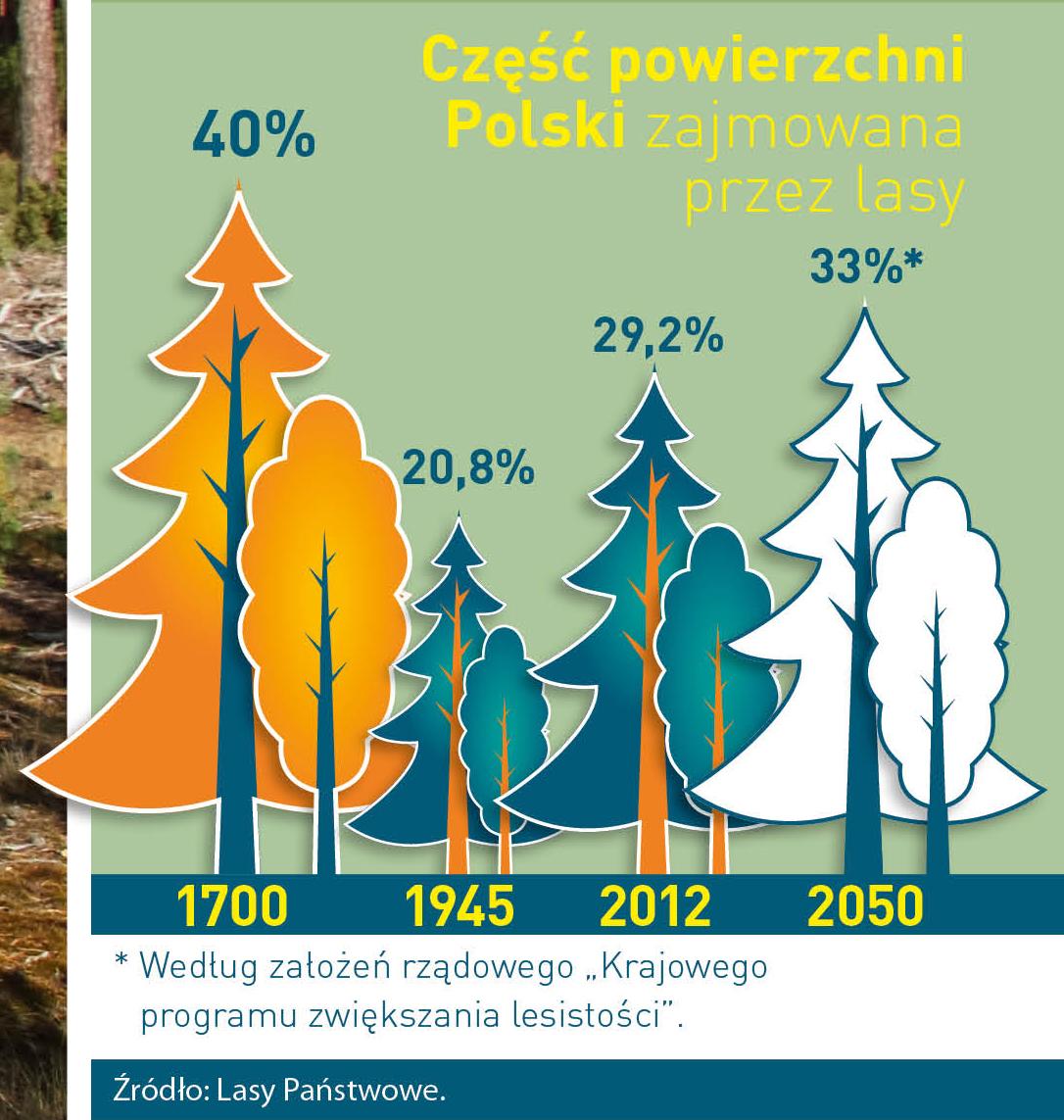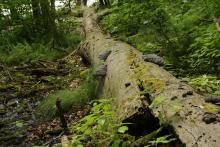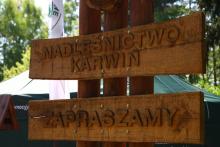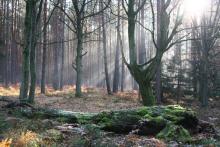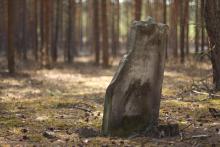 Asset Publisher
Asset Publisher
Polish forests
Poland is in the European lead, while concerning the area of all forests. They cover about 29,2 % of the country territory, and grow within the area of 9,1 million hectares. The overwhelming majority of the forests is state owned, of which almost 7,6 million hectares are managed by the State Forests National Forest Holding..
The number of Polish forest is still growing. The forestation rate of the country has increased from 21 % in 1945 to 29,2 % at the moment. Between 1995 and 2008, the forest area increased by 310 thousand ha. The basis for afforestation works is the "National Programme for Increasing the Forest Cover" (KPZL), assuming an increase of the forestation rate up to 30 % by 2020 and up to 33 % by 2050. Polish forests abound in flora, fauna and fungi. 65 % of the total number of animal species live there.
The forests grow in our country on poor soils, mainly because of the development of the agriculture in previous years. It influences the distribution of the types of the forest sites in Poland. Over 55 % of the forest areas is covered with coniferous forests. In other areas, there are forest sites, mainly the mixed ones. Their small part constitute alder and riparian forests – not more than 3 %.
In the years 1945 – 2011 the area of natural deciduous tree stands within the area of the State Forests National Forest Holding increased from 13 to 28,2 %.
Within the lowlands and uplands the most often occurring tee species is pine. It covers 64,3 % of the forest area of the State Forests National Forest Holding and 57,7 % of private and commune forests. In the mountains the predominant species is European spruce ( in the west) and European spruce with beech (in the east). Domination of pine is the result of carrying on sustainable forest management in the past. Once, the monocultures (crops or cultivations of one species) were the answer to the great demand of industry for wood. Such forests appeared to be quite fragile to climatic factors. They also were often the prey of pests' expansion.
In Polish forests, the share of other tree species, especially deciduous trees have been systematically increasing. The foresters have stepped aside from monocultures – that is why, they try to fit specific species of the forest stand to the natural stand, that would be proper for the given area. Thanks to that, in the years 1945 – 2011, the area of the deciduous tree stands within the lands of the State Forests National Forest Holding increased from 13 to 28,2 %. There occur more and more frequently the following tree species: oaks, ashes, maples, sycamore maples, elms, but also birches, beeches, alders, poplars, hornbeams, aspens, tilias and willows.
Our forests are the most often represented by the forest stands aged 40 to 80 years. The average age of the forest equals 60 years. More and more trees are of big size at the age over 80 years. Since the end of the Second World War, the forests' area has increased up to almost 1,85 million hectares.
Raport o stanie lasów w Polsce 2012
 Asset Publisher
Asset Publisher
Noc Sów nad "Stawem Goszczanowskim"
Noc Sów nad "Stawem Goszczanowskim"



Hu! Hu! Witajcie Sowi Przyjaciele
Serdecznie zapraszamy do udziału w Nocy Sów nad Stawem Goszczanowskim. Widzimy się już 18 marca o godzinie 18:30.
LOKALIZACJA (OPIS):
Spotykamy się nad Stawem Goszczanowskim. W miejscowości o podobnej nazwie - Goszczanowo. Punktem zbiórki będzie miejsce postoju pojazdów nr 17 (Leśnictwo Bukowo, Nadleśnictwo Karwin). Postój znajduje się w sąsiedztwie Ośrodka Wypoczynkowego "Zacisze", adres: Goszczanowo 68a, 66-530 Drezdenko. Gmina Drezdenko, powiat strzelecko-drezdenecki, województwo lubuskie. W miejscu postoju wyznaczono dwa miejsca dla osób z niepełnosprawnością ruchową. Parking bez większego kłopotu znajdziecie w bezpłatnej aplikacji "Puszcza Notecka".
Dodatkowo mapa poglądowa znajduje się w załączniku na dole strony.
PROGRAM SPOTKANIA:
1. Poznajmy się? Przedstawienie uczestników - godz. 18.30
2. Prelekcja na temat sów - około godziny - godz. 19.00
- prezentacja gatunków sów występujących w Polsce;
- biologia sów;
- sowy w legendach i kulturze.
3. Czas wyruszyć w drogę - nocna wycieczka terenowa w poszukiwaniu sów - godz. 20.00. Przewidywalny spacer wynosi około pięciu kilometrów. Trasa jest stosunkowo łatwa, jednakże nie jest przystosowana dla osób poruszających się z pomocą wózków inwalidzkich. Prosimy ciepło się ubrać, zalecana "kreacja na cebulkę” oraz obowiązkowo prosimy zabrać latarki, sugerowane światło – „czołówka”. Zgodnie z regulaminem (na dole strony), punkt II.4.c liczba uczestników wycieczki jest ograniczona do piętnastu osób + przewodnik. W przypadku większej ilości uczestników, odbędą się dwa niezależne wyjścia.
4. Wspólne ognisko, dyskusja - około godziny 22.00 do… ostatniego uczestnika. Lub wyczerpania „niewyczerpanego” tematu sów. Nadleśnictwo Karwin zapewnia bezpłatny poczęstunek przy ogniu oraz ciepłe napoje.
Uczestnikiem Wydarzenia może zostać każdy, niezależnie od wieku, zainteresowań
i poziomu wiedzy na temat ptaków czy przyrody (z uwzględnieniem punktu III.1.
poniżej załączonego regulaminu). Co oznacza, że w przypadku osób niepełnoletnich przez cały czas powinni pozostawać pod okiem opiekunów bądź rodziców. W innym razie niezbędna będzie zgoda, dostępna w załączniku na dole strony.
Zgłoszenia proszę rejestrować na stronie - https://nocsow.pl/wydarzenia/iii-ogolnopolska-noc-sow-w-nadlesnictwie-karwin/
Lub drogą mailową: d.wieczorkiewicz@szczecin.lasy.gov.pl
Informacje telefoniczną udziela osoba upoważniona z ramienia Nadleśnictwa Karwin – specjalista Służby Leśnej Dominik Wieczorkiewicz pod numerem telefonu 691362520 lub 95 762 05 90 wew. 681.
Wydarzenie jest nieodpłatne.
Zgłoszenie jest równoznaczne z akceptacją regulaminu „Nocy Sów", dostępnym na dole strony. Oraz w serwisie Organizatora: https://nocsow.pl


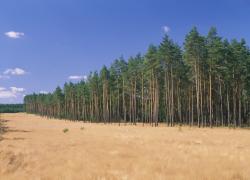 fot. Paweł Fabijański
fot. Paweł Fabijański
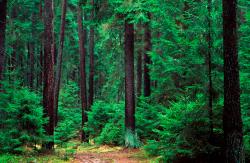 fot. Paweł Fabijański
fot. Paweł Fabijański
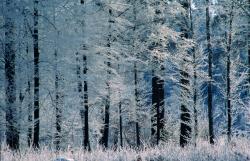 fot. Paweł Fabijański
fot. Paweł Fabijański
